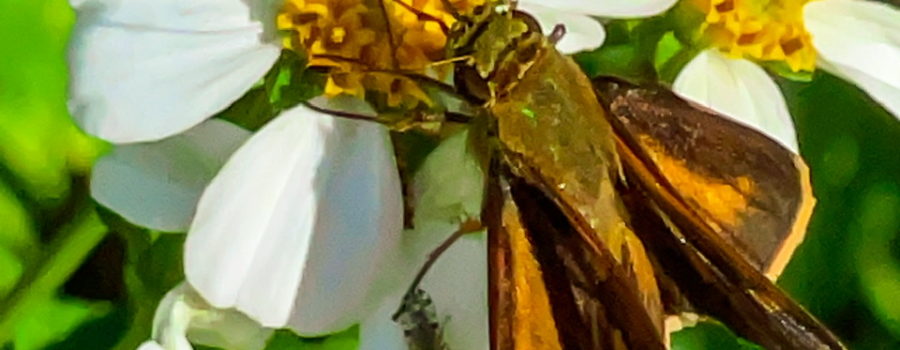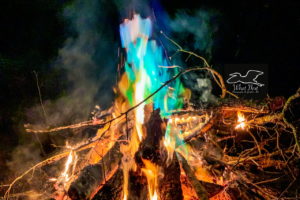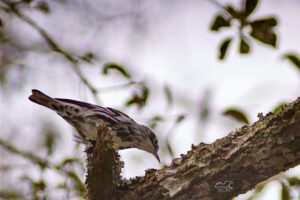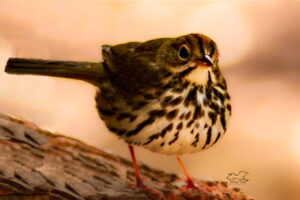The Beautiful Southern Broken Dash is Another Amazing Florida Butterfly

Right now central Florida is having a drought, and not much of anything is growing, not even the weeds. I’m really not sure how long it’s been since we had any significant rain, but we are beginning to have little sprinkles scattered around, and hopefully before long we will start the normal afternoon shower cycle. Before the drought, the wildflowers were growing like gang busters, and with the wildflowers there were also lots of butterflies. The majority of the butterflies were orange brushfoots, but there were also some zebra longwings, Horace’s duskywings, and some Southern broken dashes.

I had seen the broken dashes last year towards the end of the year, but I never was able to get any decent photos of them. Like the duskywings, they are skippers, which are known for their rapid, erratic flight patterns, making them difficult to catch in a picture. This year, I planted myself in the middle of the weeds with camera on a tripod and focused on one particular set of flowers that the butterflies seemed to be favoring. This was very difficult for me since it is my inclination to follow my subject around and wait for it to stop to feed, but that hadn’t worked great last year. My patience did pay off, though, and after a little while the butterflies decided I was not a threat, and started coming around to my flower patch. The broken dashes were one of several species I got to shoot that afternoon.

The Southern broken dash is a relatively small orange, brown, and black butterfly that is pretty common in the southeastern United States, Mexico, Central America, and into Argentina. They like to live in wooded or partially wooded areas, often (but not always) near streams and swampy areas. In the early mornings, just after sunrise, males generally perch in low lying vegetation that is one to two feet high and wait for females to fly by. They will then follow the females to start the mating process. After mating, the females will lay several single eggs on the leaves of the preferred host plants, St. Augustine and paspalum grasses. Once the caterpillars hatch, they build small nests of leaf pieces and silk. When they come out to feed, they often cover themselves with a piece of the grass leaf to hide them from predators. Right now, the grass, like pretty much everything else is brown, dry, and crunchy, but once the rains start again and there is grass to look at, I hope to find some of the caterpillars.

In normal years, the broken dashes can be found pretty much year round in our area, and breeding continues year round as well. Right now, though, due to this drought and the resulting lack of food for both adults and caterpillars, there aren’t really any broken dashes left around my house in the sandhills. They have moved closer to the rivers and streams. Hopefully the rains will start soon. I haven’t minded not needing to mow, but I do miss the flowers, my passion fruit vines, and all the wild things that they attract. I’m also curious to see what will and what won’t be able to rebound when it does start to rain.






Recent Comments